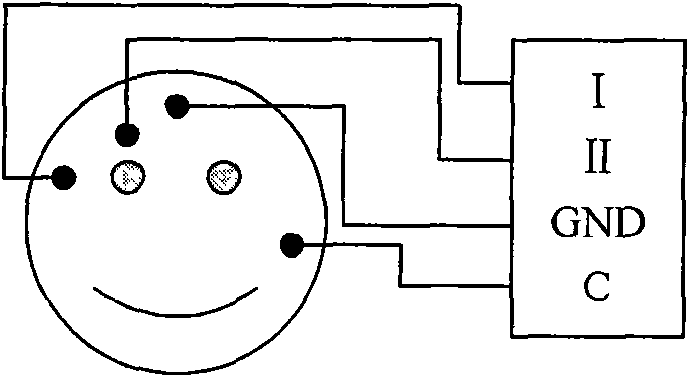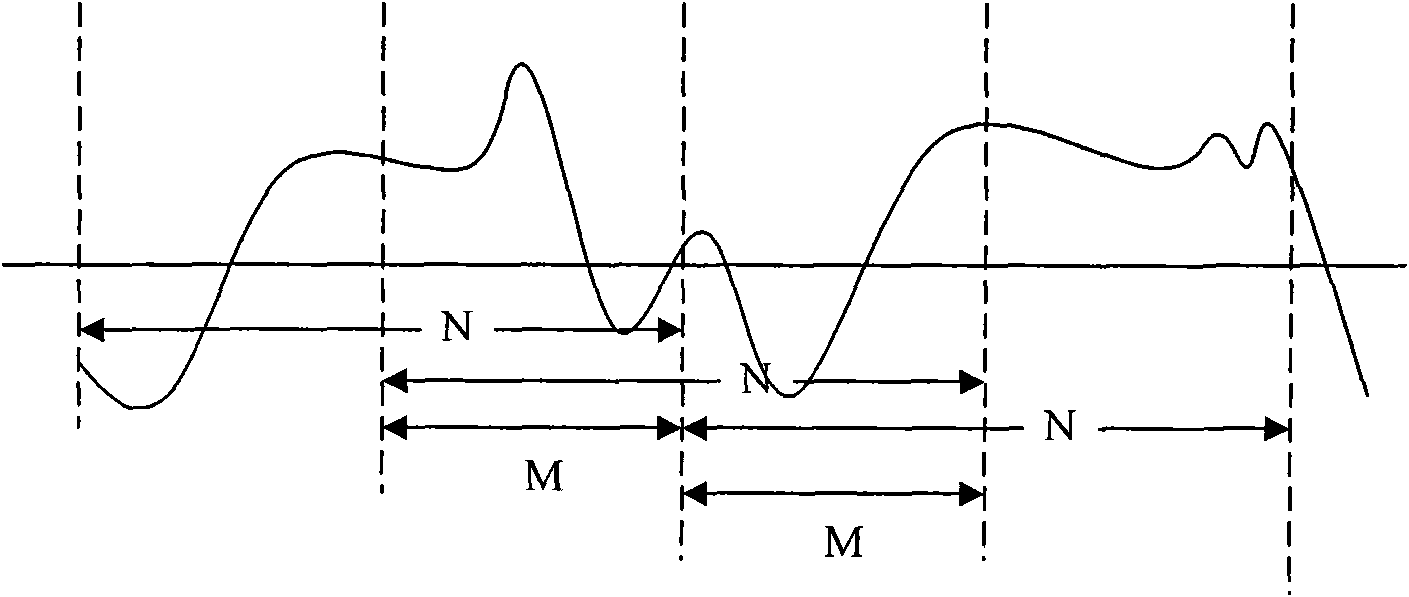Method for extracting and identifying characteristics of electro-ocular signal
A technology of electro-oculogram signal and feature extraction, which is applied in the interdisciplinary field of biomedicine and informatics, can solve problems such as inability to identify electro-oculogram signals, difficulty in obtaining detection thresholds, and algorithm failure, and achieve high accuracy of electro-oculogram recognition and strong application value , the effect of improving the accuracy
- Summary
- Abstract
- Description
- Claims
- Application Information
AI Technical Summary
Problems solved by technology
Method used
Image
Examples
Embodiment Construction
[0043] see figure 1 In this embodiment, the feature extraction and recognition of the electro-oculogram signal is composed of three stages: electro-oculogram signal preprocessing, electro-oculogram signal characteristic parameter extraction and electro-oculogram signal pattern recognition. Among them, the electrooculograph signal preprocessing stage is mainly to perform preprocessing operations such as endpoint detection and band-pass filtering on the electrooculograph signal to remove interference and reduce the amount of calculation during feature extraction; Carry out framing and windowing to realize the conversion of continuous electro-oculogram signals into multi-segment short-term signals, and extract the sequence of characteristic parameters that change with time; the stage of pattern recognition of electro-oculogram signals is to use the method of DTW dynamic time warping to input eye signals The time series of electrical feature vectors are compared with each template...
PUM
 Login to View More
Login to View More Abstract
Description
Claims
Application Information
 Login to View More
Login to View More - R&D
- Intellectual Property
- Life Sciences
- Materials
- Tech Scout
- Unparalleled Data Quality
- Higher Quality Content
- 60% Fewer Hallucinations
Browse by: Latest US Patents, China's latest patents, Technical Efficacy Thesaurus, Application Domain, Technology Topic, Popular Technical Reports.
© 2025 PatSnap. All rights reserved.Legal|Privacy policy|Modern Slavery Act Transparency Statement|Sitemap|About US| Contact US: help@patsnap.com



